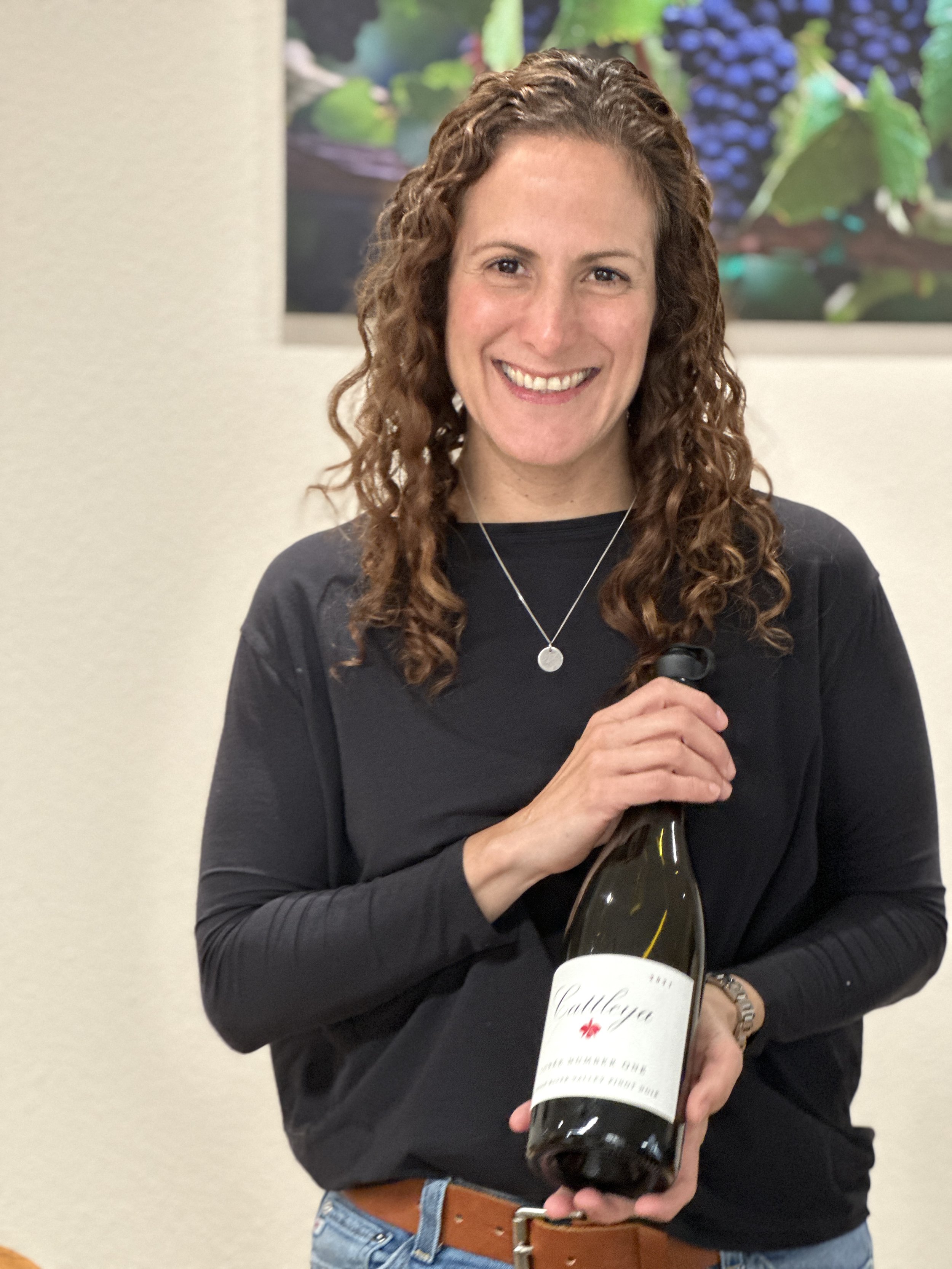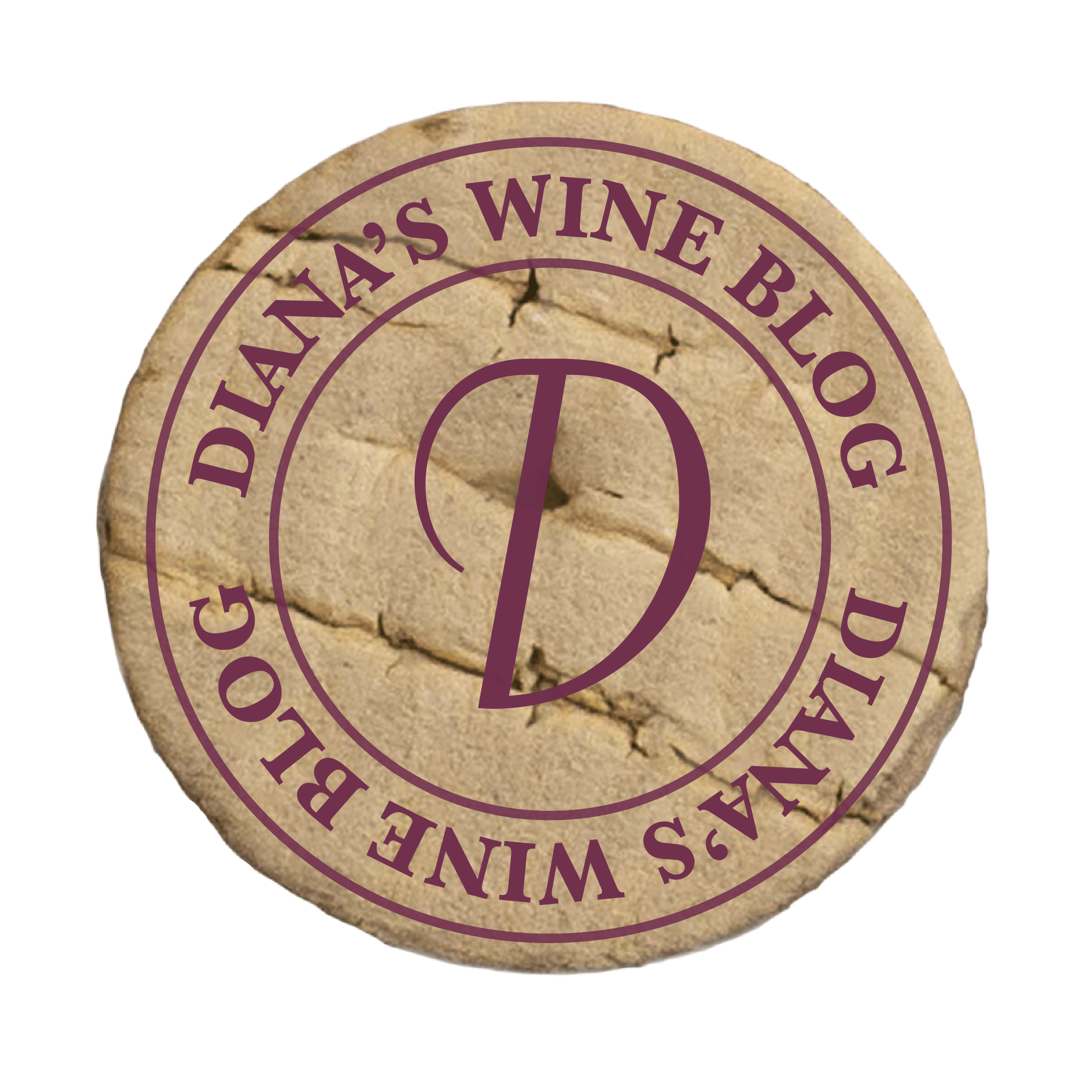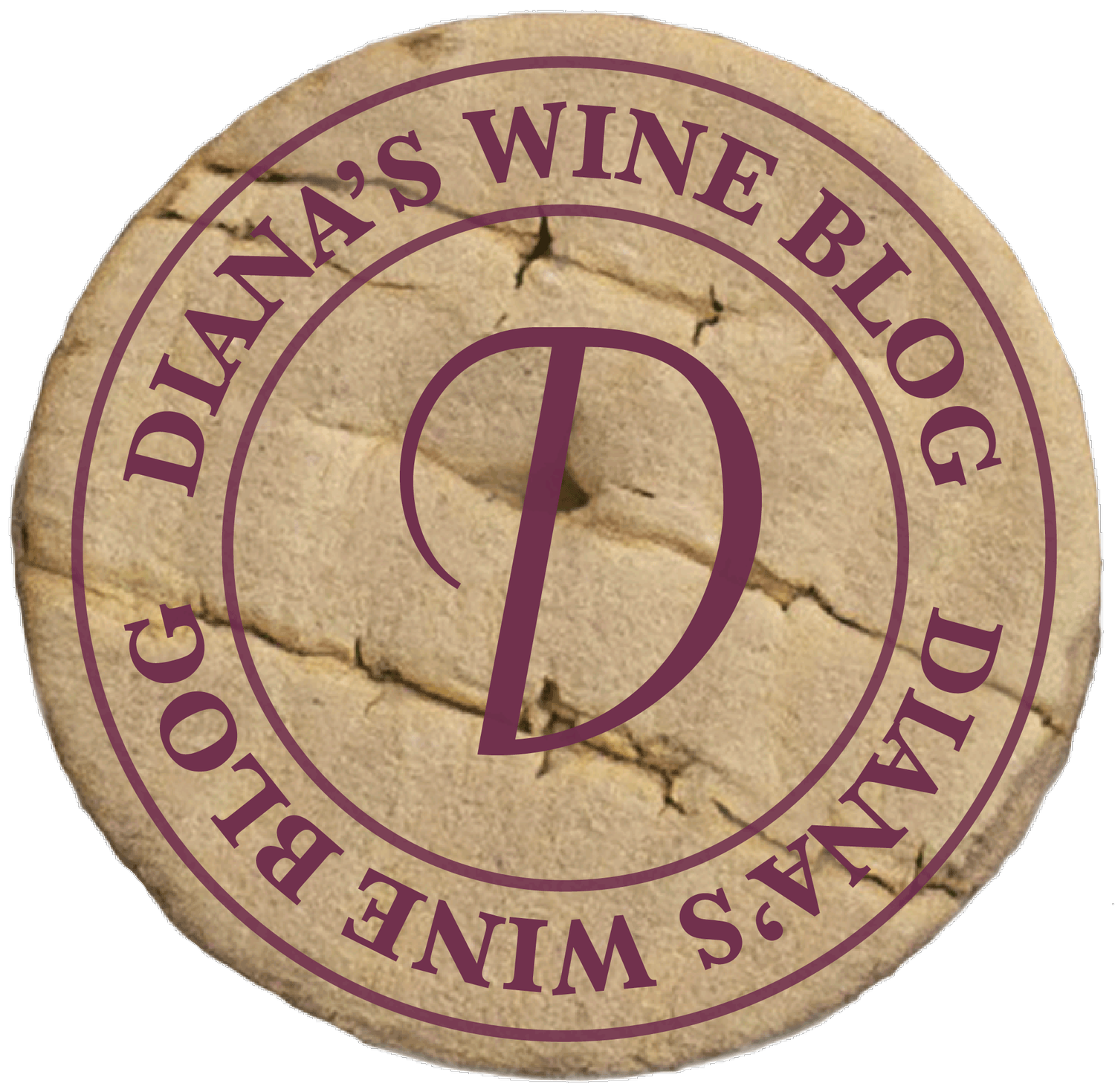
Oregon Tastings to Enjoy!
The star of our visit to the Willamette Valley was resoundingly Pinot Noir. The valley provides a rich environment for this variety to bloom – in many ways. What is it that contributes to the quality and richness of expression of this wine in the glass?
First, what is important is the soil. The volcanic rock, marine sediment, and loess (loosely compacted windblown sediment), which formed the vineyards of the valley, became marginally fertile, well-drained soils. This translates to vines which need to struggle just enough during the growing season to produce a mature grape with character and complexity.
The other important aspect is the weather. The average temperatures, along with long daylight hours during the growing season and enough annual rainfall, provide an optimal environment for Pinot Noir and Chardonnay.

Oregon’s Willamette Valley: A Glorious Journey
Oregon’s wine industry consistently ranks as the fourth largest producer of wine in the United States. It is believed that the Willamette Valley’s location approximates the latitude of Burgundy’s Cote d’Or AOC, the motherland of Pinot Noir. It is unfortunately not true, yet it is a fun belief. What does contribute to the success of Pinot Noir in the valley (which it does share with Burgundy) is the cool, rainy climate with warm summers and mild winters. Both regions have ancient mineral soils, and they both have very fertile valley floors. As you might expect, the star grape from the Willamette Valley is Pinot Noir, as it represents 62% of the harvest volume. Whites from Willamette Valley include Pinot Gris, Chardonnay, and Riesling.

Cattleya by Bibiana Gonzalez Rave, Vintner and Winemaker
The story here is intriguing and interesting to say the least. Yet, what is more important to you, the reader is the wine itself. Right now, I am nursing a beautiful bottle of Pinot Noir made by this terrific winemaker. The nose is bright and fruity with boysenberry; the attack is rich and svelte with bright red raspberry and a finish that goes on and on. Quite frankly, I have been waiting all day to enjoy the wine again. That is important. It is a wine that calls me back to enjoy more! Those are some of the best bottles of wine; those that speak to you.
The Pinot Noir is a 2021 Cattleya made by Bibiana Gonzalez Rave.

La Pelle Wines: Quality Being Made and Expressed
What I believe is most important to the wine aficionado is the quality in the bottle. Does what is in my glass represent the varietal, and is it well-crafted to enjoy slowly with thoughtfulness and great pleasure? The label is La Pelle; and the winemaker is Maayan Koschitsky; and the answer is “yes” on all counts.

DuMOL: The Evolution of Outstanding Pinot Noir and Chardonnay
DuMOL is a Sonoma County winery that has evolved since its inception in 1996. And that is truly a progression that rewards you and me as enjoyers of wine. The original owners named the winery using an amalgamation of the names of their children (Duncan and Molly). The wines at that time were made from grapes bought from Dutton Ranch in Sebastopol, CA. In 1999, Andy Smith joined DuMOL as their winemaker/viticulturist. In 2005, Andy became part owner of the winery; and, in 2015, he and an associate bought full ownership of the winery. The results today are remarkable.

Kale Wines: The Next Chapter
I first met winemaker Kale Anderson at a wonderful wine experience hosted by Pahlmeyer Winery, where each participant was charged with crafting their own red blends out of Cabernet, Merlot and Petit Verdot. It was challenging; yet Kale, who was the Director of Winemaking for Pahlmeyer, was there as a resource and guide. His knowledge was very apparent, and his willingness to share with us was a gift. Pahlmeyer was the next step in his journey and expression of the vine.

Chardonnay, Please…
The top-selling white wine in the United States today is Chardonnay. There are many good reasons for that — it is an easy-going, pleasant, fruity, sometimes creamy, and sometimes spicy wine. With all that going on, it hits the right spot on many, many palates. In the beginning of my exploration of wine, my favorite one was Kendall Jackson Chardonnay. It was lush and approachable at any time. As it turns out, today it is the number one selling Chardonnay in the country.
Chardonnay is grown in many places in the world. Major plantings are found in California, Australia, Burgundy, and Languedoc-Roussillon in France. As you can imagine, these very different climates provide varied growing seasons and temperatures. Chardonnay will deliver a serviceable wine whether grown in a colder climate or a warmer climate, as evidenced by the vast array of growing regions. It will deliver entry-level wines that are easy drinking to the greatest white, the Grand Crus of Burgundy. (Yes, Chardonnay is the grape also known as White Burgundy.) Because of the wide variety of growing climates, Chardonnay becomes a great vehicle to express terroir and a great canvas for the winemaker.
